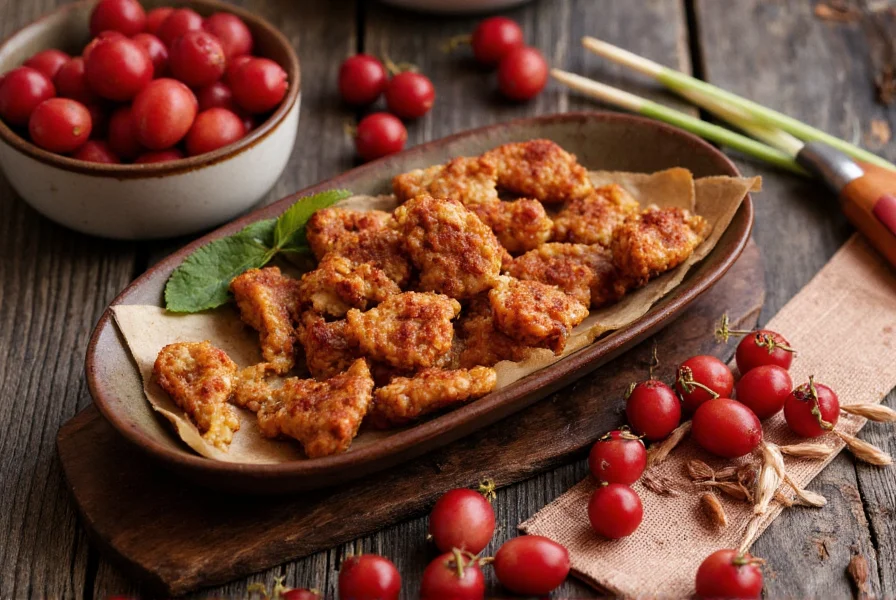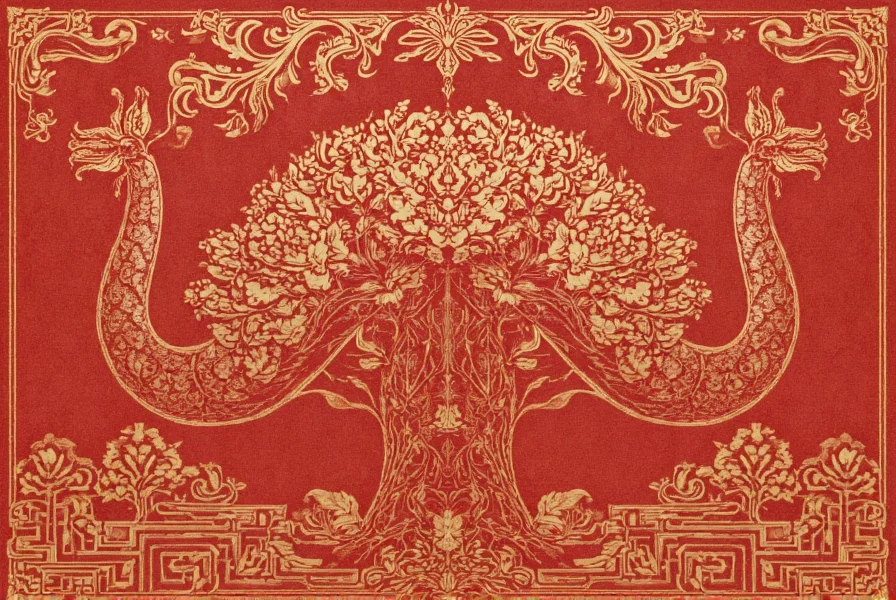One average-sized garlic clove equals approximately 1½ teaspoons of minced garlic. This conversion is essential for precise cooking and recipe adaptation when fresh garlic isn't available.
Understanding garlic measurements can transform your cooking experience. Whether you're following a recipe that calls for minced garlic but only have whole cloves, or need to substitute pre-minced options, knowing the exact conversion ensures your dishes achieve the perfect flavor balance. This guide provides accurate measurements, practical conversion charts, and professional cooking insights to help you navigate garlic measurements with confidence.
Garlic Clove to Teaspoon Conversion Explained
When recipes specify garlic measurements in teaspoons rather than cloves, it creates confusion for home cooks. The standard conversion is straightforward: one medium garlic clove yields about 1½ teaspoons of minced garlic. However, garlic size variations significantly impact this measurement.
Garlic cloves come in different sizes depending on the variety and growing conditions. Understanding these differences is crucial for recipe accuracy. Professional chefs know that improper garlic measurements can make or break a dish—too little leaves food bland, while too much creates overpowering bitterness.
How Garlic Size Affects Measurement
Not all garlic cloves are created equal. The same head of garlic can contain cloves ranging from petite to jumbo. Here's how size impacts your teaspoon conversion:
| Garlic Clove Size | Minced Garlic Yield | Garlic Powder Equivalent |
|---|---|---|
| Small (0.5" diameter) | 1 teaspoon | ¼ teaspoon |
| Medium (0.75" diameter) | 1½ teaspoons | ⅐teaspoon |
| Large (1" diameter) | 2½-3 teaspoons | ½ teaspoon |
| Extra Large (1.25"+) | 3½-4 teaspoons | ¾ teaspoon |
This garlic clove to teaspoon conversion chart helps you adapt recipes regardless of the garlic variety you're using. When precision matters—like in delicate sauces or baking—measuring minced garlic rather than guessing based on clove count produces consistently better results.

Practical Applications in Cooking
Knowing how much minced garlic equals one clove becomes particularly valuable when:
- Following professional recipes that specify measurements by volume
- Using pre-minced garlic from jars (check the label for serving sizes)
- Substituting garlic powder in emergency situations
- Meal prepping where consistent flavor is critical
- Adapting family recipes that use vague terms like "a head of garlic"
For the most accurate garlic measurement equivalents, chefs recommend actually measuring your minced garlic rather than estimating. This practice ensures recipe consistency, especially important when cooking for others or scaling recipes up or down.
Substituting Different Garlic Forms
When fresh garlic isn't available, understanding substitution ratios prevents recipe disasters. Here's your complete reference for garlic clove to teaspoon conversion across different garlic forms:
- Fresh minced garlic: 1 medium clove = 1½ tsp
- Garlic powder: 1 medium clove = ⅜ tsp (use 1:6 ratio)
- Garlic salt: 1 medium clove = ¾ tsp (contains salt)
- Garlic paste: 1 medium clove = 1 tsp (more concentrated)
- Roasted garlic: 1 medium clove = 1 tsp (milder flavor)
Remember that garlic clove size to teaspoon ratio varies, so adjust based on your specific garlic. When substituting garlic powder for fresh, start with less than you think you need—you can always add more, but you can't take it out!

Professional Tips for Perfect Garlic Measurements
Seasoned chefs employ several techniques to ensure accurate garlic measurements:
- Measure after mincing: Always measure garlic after it's prepared, not before
- Use the spoon test: For minced garlic, lightly fill the spoon without packing
- Consider cooking method: Raw garlic needs less volume than cooked (flavor intensifies)
- Adjust for variety: Hardneck garlic tends to be stronger than softneck varieties
- Taste as you go: Especially important when adapting recipes for different garlic types
Understanding these nuances transforms the simple question of how many teaspoons equal one garlic clove into a valuable culinary skill that elevates your cooking from good to exceptional.
Frequently Asked Questions
How much jarred minced garlic equals one clove?
One medium garlic clove equals approximately 1½ teaspoons of jarred minced garlic. Check your specific product's nutrition label as concentrations vary between brands. Some premium brands use a 1:1 ratio while others may be more concentrated.
Can I substitute garlic powder for fresh cloves in recipes?
Yes, but use the proper ratio: ⅜ teaspoon of garlic powder equals one medium fresh garlic clove. Garlic powder is more concentrated, so start with less and adjust to taste. Remember that powder lacks the moisture and fresh flavor compounds of raw garlic, so it works best in cooked dishes rather than raw applications.
Does roasting garlic change the teaspoon measurement?
Roasted garlic yields about 1 teaspoon per medium clove (slightly less than raw). The roasting process reduces volume while mellowing the flavor. When substituting roasted for raw garlic, use approximately 30% more by volume to achieve similar flavor intensity, as roasting makes garlic significantly sweeter and less pungent.
How do I measure garlic without a press?
To measure garlic without a press: 1) Peel the clove 2) Place it on a cutting board 3) Smash with the flat side of a knife 4) Finely chop 5) Use a small spoon to measure the minced garlic. For most accurate results, lightly fill the teaspoon without packing the garlic down. This method of measuring garlic without a press works well for precise recipe requirements.
Why do recipes specify garlic in teaspoons instead of cloves?
Professional recipes often specify garlic in teaspoons rather than cloves because clove sizes vary dramatically. Using volume measurements ensures consistent flavor across different garlic varieties and harvests. This approach to garlic measurement equivalents provides more reliable results, especially important in commercial kitchens and for recipe developers creating instructions for diverse audiences with access to different garlic types.











 浙公网安备
33010002000092号
浙公网安备
33010002000092号 浙B2-20120091-4
浙B2-20120091-4